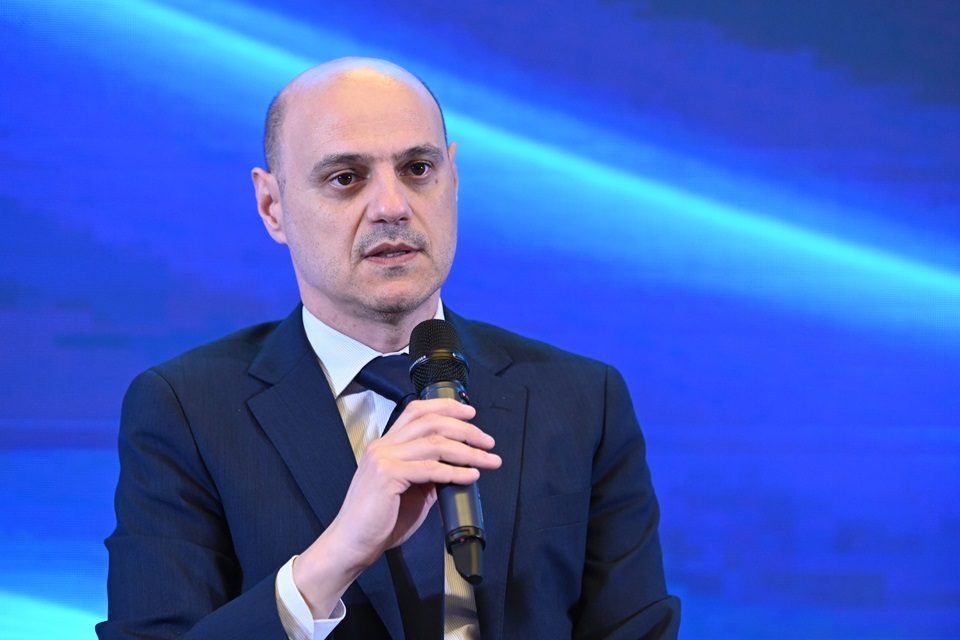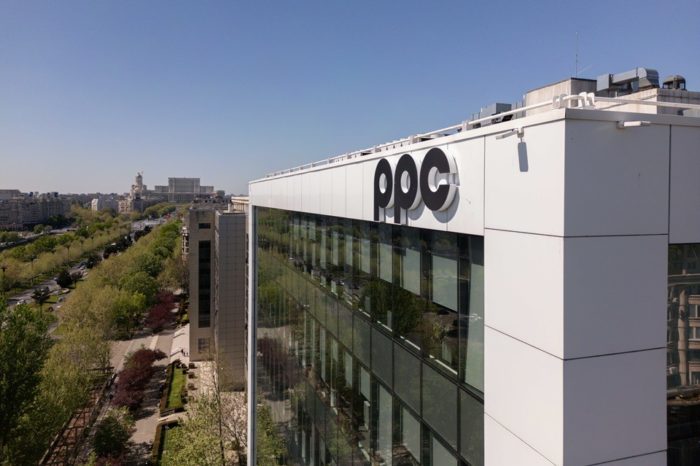Secretary of State Dan Dragan: “The new energy strategy will be put up for public debate in the next period”

“We are working on the development of the new energy strategy, which will be put up for public debate in the next period. We are working on the updated draft of this strategy, and we invite you to send all your observations, all your points of view in order to succeed in including them in this strategy. The strategy will be based only on principles, strategic areas to be developed, because we want this strategy to be implemented through specific projects afterwards,” Secretary of State Dan Dragan, Ministry of Energy said during Energy CEO Forum organized by The Diplomat-Bucharest.
“Romania has an ambitious target: climate neutrality at the level of 2050. To reach this target, we have the long-term strategy from which the National Integrated Energy and Climate Change Plan (PNIESC) derives, which was in public debate and in which we include all the observations and suggestions from market participants.
The reference term is to reach a level of 36.2% of renewable energy from the total energy production in Romania.
We know that we have to modernize the transport and distribution system and at the same time comply with the decarbonisation law which states that, in 2030, there will be no more production groups that use solid fossil fuel.
We have three main pillars on the production side, which are necessary to ensure the energy security of Romania, and not only Romania, but also the transformation of Romania into a pillar of regional stability. The first pillar is the production of energy from renewable sources. Here we must pay attention to the development of all technologies, not only photovoltaic or wind, but also hydro, biomass, biogas and geothermal.
We have the nuclear part, we have two important projects that Romania has undertaken at the level of 2030-2032, namely units 3 and 4 at Cernavodă, and the re-engineering of unit 1, a project that will start in 2027.
Another important project on the nuclear technology side refers to small modular reactors – the Doicesti project – which we want to put into operation by 2030. It is a new, flexible technology that will help balance the National Energy System.
The third pillar on the production side is gas as a transitional element. We need to massively balance the projection of new capacities from renewable sources, a minimum of 10,000 additional MW at the level of 2030. We have the gas, we cover most of the domestic need at the moment from our own sources, and certainly with the first molecules that will be extracted from the Neptun-Deep perimeter, Romania will become a pole of regional stability, not only from the point of view of electricity production, but also of natural gas.
It is very important to develop these flexible gas capacities in the coming period, and here we await the commissioning of the Romgaz plant from Iernut. We are waiting with interest for the plant from Mintia, we know that it is in an accelerated development and construction process, and at the same time we are waiting for the two capacities from Turceni and Rovinari, which are financed through the National Recovery and Resilience Plan.
All these capacities lead to a power of approximately 3 GW installed in new plants per combined cycle. This flexibility is necessary to provide safety and at the same time the possibility to increase and meet production targets from renewable sources.
Regarding the part of transport and distribution, up to this moment amounts have been allocated of approximately 2 billion euros, approximately 500 million for Transelectrica for the transmission network and 1.3 billion euros for distribution companies to increase digitalization, safety, operation and resilience of distribution networks to help accommodate and connect new prosumers or independent producers of energy from renewable sources.
Today, the offshore law, a project started more than 2 years ago, was voted in the plenary session of the Parliament. We expect the first capacities at the level of 2032.”













